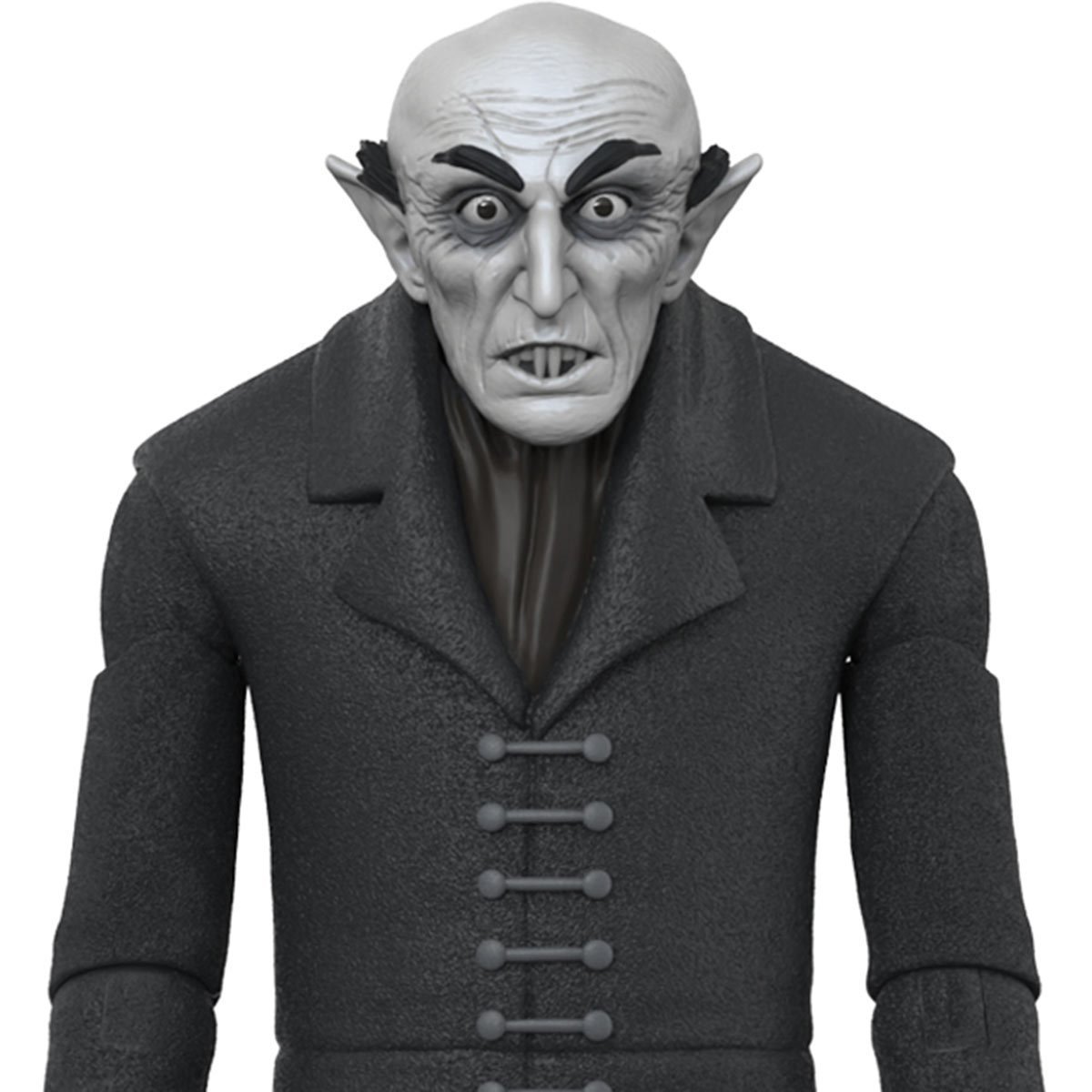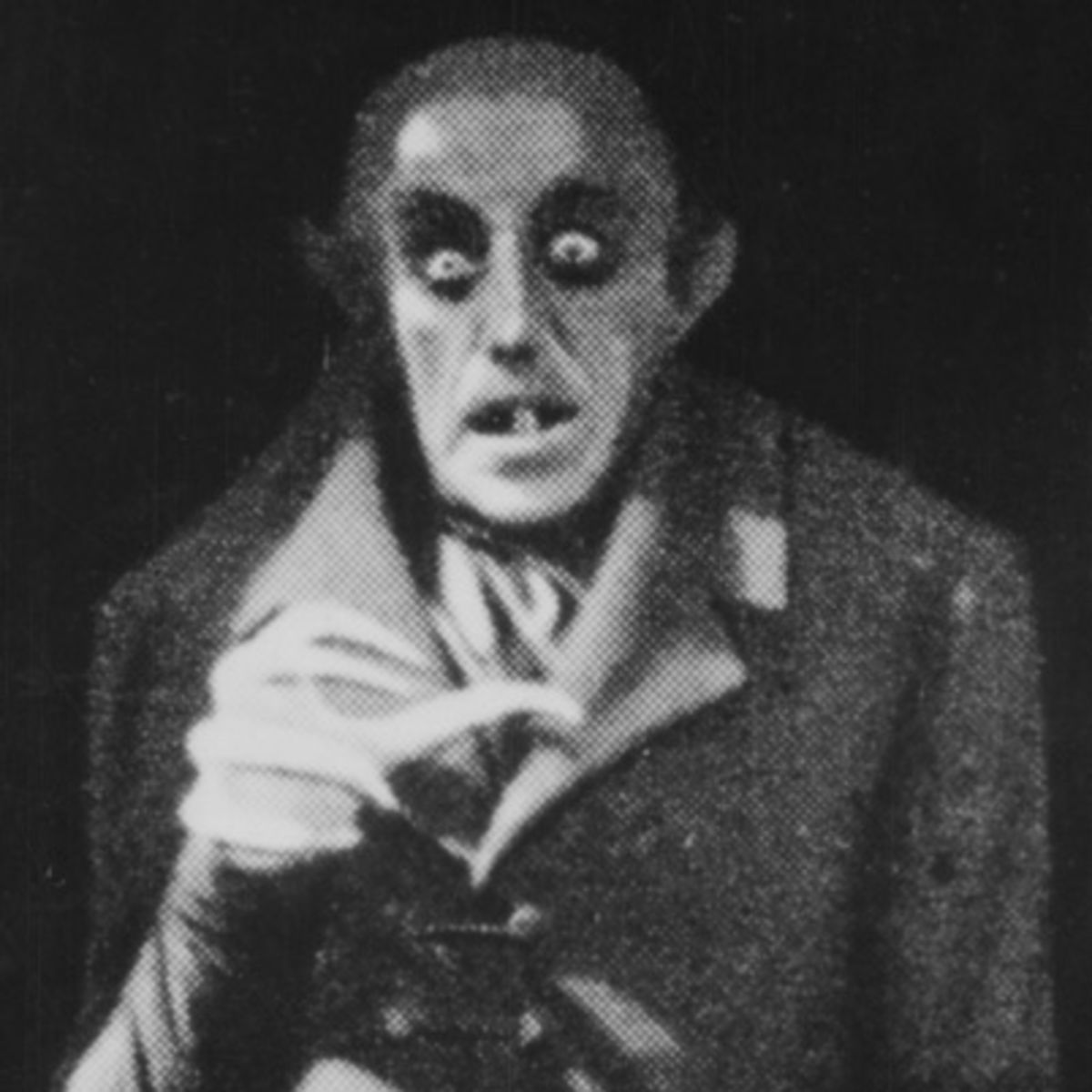Unveiling the Eerie Legacy of Count Orlok: The Undying Influence of Horror's First Vampire
In the pantheon of horror cinema, few figures evoke as much terror and fascination as the mysterious Count Orlok. Created by the visionary German Expressionist filmmaker F.W. Murnau in the 1922 film "Nosferatu," this monstrous character has become an indelible part of horror history, inspiring countless imitators and influencing generations of filmmakers, writers, and artists. As the first vampire to captivate audiences on the big screen, Count Orlok's legacy continues to haunt us, shaping the way we think about the undead and their unsettling presence in popular culture.
F.W. Murnau's groundbreaking film, "Nosferatu," was an unauthorized adaptation of Bram Stoker's novel "Dracula." The eerie and haunting tale, set in the sleepy town of Wisborg, tells the story of Count Orlok, a bloodthirsty vampire who preys on the living to satisfy his unholy thirst. Orlok, played by Max Schreck, is a grotesque figure, his face a twisted amalgamation of features that seems to be both mesmerizing and repellent at the same time. His presence is accompanied by an unsettling stillness, as if he is a harbinger of death, a messenger from the depths of darkness.
Orlok's enduring influence on horror cinema is a testament to the power of Murnau's original vision. His portrayal of the vampire as a sympathetic and terrifying figure, driven by an insatiable hunger for blood, marked a departure from the more traditional depictions of the undead in literature and film. While early vampire movies often portrayed the creatures as caped and charismatic, Murnau's Orlok was a more menacing and repellent figure, his appearance both fascinating and repulsive.
The Evolution of the Vampire in Horror Cinema
Over the years, the vampire has evolved from a monstrous creature of the night to a complex and multifaceted figure, often driven by a rich inner life and conflicted motivations. This evolution can be traced back to Count Orlok, who remains one of the most iconic and enduring vampire characters in horror cinema.
Key Factors Influencing Orlok's Enduring Legacy
Several key factors have contributed to Count Orlok's enduring legacy in horror cinema.
- Visual Influence: Murnau's masterful use of shadows, lighting, and makeup created a visually striking representation of the vampire, which has influenced countless filmmakers and designers.
- Innovative Storytelling: The film's use of atmospheric tension, combined with Murnau's sensitive portrayal of the vampire's humanity, set a new standard for horror storytelling.
- Cultural Significance: "Nosferatu" tapped into the fears and anxieties of the post-World War I era, tapping into the collective unconscious of the German people and cementing the vampire's place in the cultural imagination.
The Vampire's Enduring Appeal
So, what explains the vampire's enduring appeal in popular culture? One reason is the vampire's ambiguous nature, existing at the intersection of human and monster, civilization and savagery.
The Vampire as Symbol of Fear and Desire
The vampire represents a primal fear of the unknown, a fear that taps into our deepest anxieties about death, decay, and the supernatural.
- Fear of the Unknown: The vampire's mysterious nature and supernatural powers evoke a primal fear of the unknown, which is a fundamental aspect of the human experience.
- Fear of Death: The vampire's immortal existence, coupled with his unquenchable thirst for blood, serves as a metaphor for the fear of death and the unknown.
- Desire for Immortality: The vampire's quest for immortality, despite the consequences, speaks to our deep-seated desire for eternal life and the fear of mortality.
Count Orlok's Influence on Modern Horror
Count Orlok's influence can be seen in countless films, literature, and art, cementing his status as a cultural icon.
Count Orlok in Modern Cinema
Count Orlok's legacy can be seen in modern horror cinema, with films like "Interview with the Vampire" and "Byzantium" paying homage to the original vampire.
- Reinventing the Vampire: Modern filmmakers have reinvented the vampire, incorporating elements of horror, drama, and romance into their narratives.
- Subverting Traditional Tropes: By subverting traditional vampire tropes, filmmakers have created new and interesting takes on the classic creature.
Conclusion
Count Orlok remains an iconic figure in horror cinema, a testament to the enduring power of F.W. Murnau's original vision. As a symbol of fear and desire, the vampire continues to captivate audiences, inspiring new generations of filmmakers, writers, and artists. As we continue to explore the depths of human nature and the unknown, Count Orlok's legacy will remain an indelible part of our cultural heritage, a haunting reminder of the darkness that lurks within us all.
Did Piddy Passed Away
Melissa Ann Piavis
Coyyn
Article Recommendations
- Christian Keyes Father
- Understandable Have A Niceay
- Sabrina Carpenter Height Feet
- Mary Marquardt
- Hopie Carlson
- Michaelaly Parents
- Barry Gibb
- Devrim Lingnau
- John Nettles
- Alisha Newton



